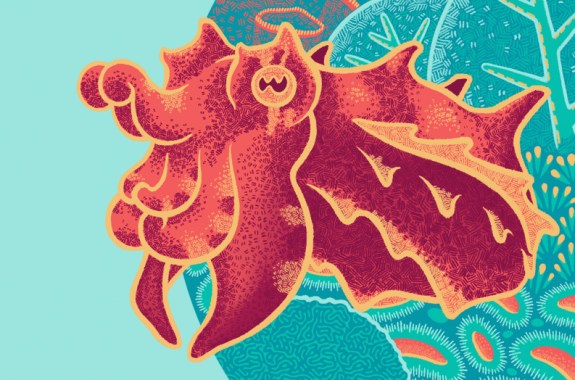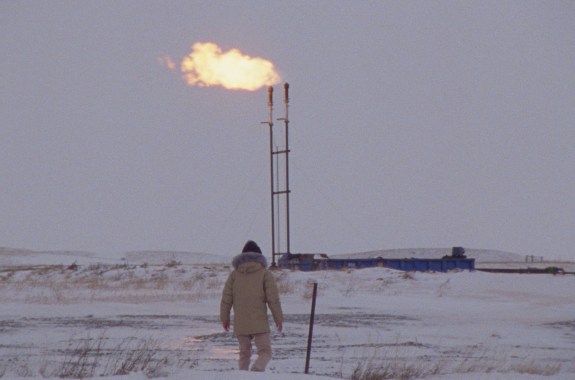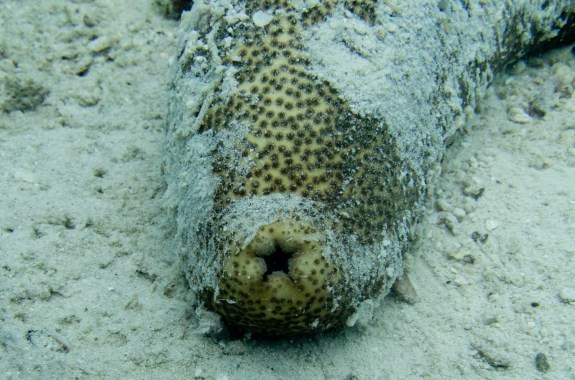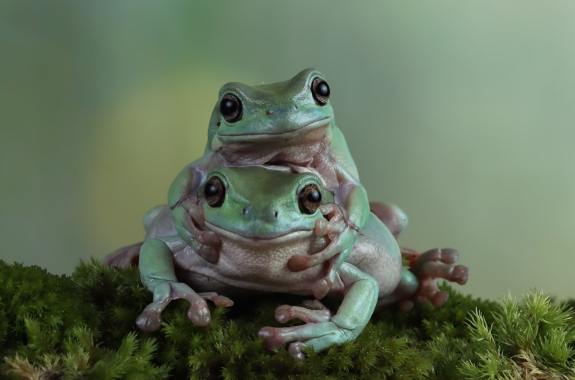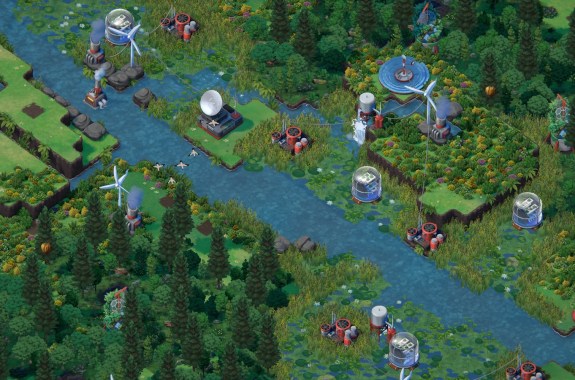Cephalopods Are Coming To A Town Near You!
This June, gather with us in Atlanta, Houston, Miami, and Thousand Oaks for another sunny Cephalopod Week celebration.
11:14
Why Climate Activists Are Turning To Drastic Measures
To express their urgency, climate activists are increasingly turning to more disruptive acts of civil disobedience.
5:32
Recasting The Climate Movement In ‘How To Blow Up A Pipeline’
A new environmental thriller raises big questions about the goals and methods of climate activists.
2:13
Listen To Science Friday’s New Arts Podcast, ‘Universe Of Art’
On ‘Universe of Art,’ meet illustrators who draw invertebrate butts and astrophysicists who 3D-print galaxies they’re studying.
6:12
Fighting Climate Change With Genetically Modified Trees
Can trees be genetically engineered to store more carbon? A new strategy to do just that is being put to the test in a Georgia forest.
Illustrating The Anal Teeth And Deadly Farts Of Invertebrate Butts
In the latest episode of ‘Universe of Art,’ meet the illustrators and scientists spreading joy and knowledge about the backends of the backbone-less.
These Drag Artists Are Making Science More Accessible
On the latest episode of ‘Universe of Art,’ learn about drag performers who’re using social media to bring science communication to a wider audience.
17:07
Make It Easier To Be Green. Show Frogs Some Love
Make your spaces safer for frogs or contribute to citizen science projects to help study them.
12:31
This Video Game Prioritizes Restoring An Ecosystem Over Profits
In Terra Nil, a “reverse city-builder,” your goal is to restore a barren wasteland into a thriving ecosystem.
5:52
Foundational Food Sources In The Gulf Of Maine Are Failing
Decades of research suggest that warming temperatures are collapsing the gulf’s productivity.
